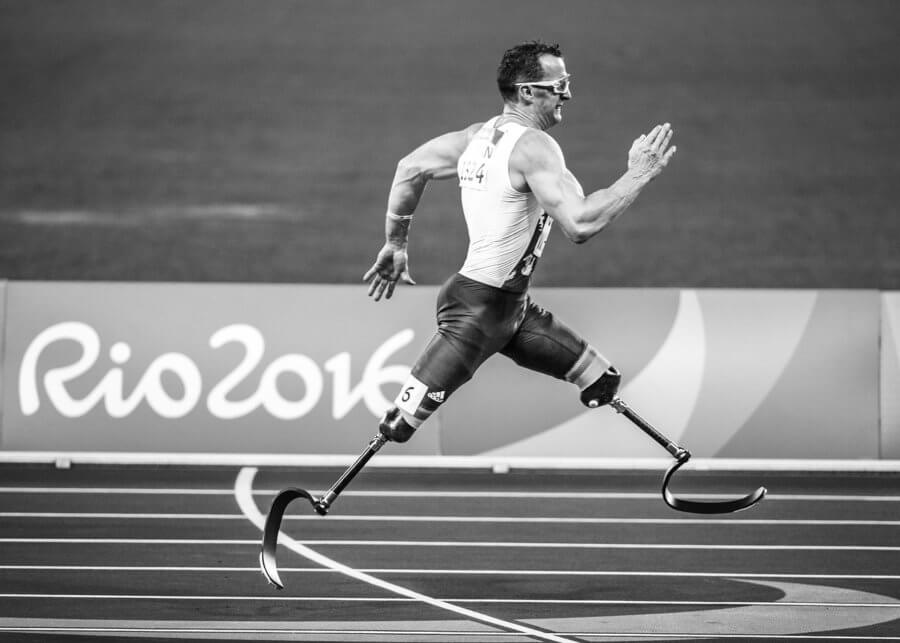Metal 3D Printing in orthopaedic care
Metal 3D printing or additive manufacturing is an innovative form of manufacturing body parts directly using a digital model through a layer to layer build-up approach. The method does not require the use of tools but is known to produce a sufficiently metallic part in a concise time and with high precision. The underlying technology behind metal 3D printing consists of three critical stages.
First, the design is created using CAD software. This is also where the final design of the object will be built from. It provides a digital blueprint, meaning one has to ensure that each detail is incorporated. With the use of this software, 3D engineers are able to predict how the final structure is going to be, and how strong it can be.
It is very important that the design process is done well. After the CAD design is complete, it is converted to standard tessellation language file (.stl); this is the language needed for the printer to interpret instructions. At this stage, the design will be set up in the same way a 2D printer would, for the object to be created.
It is also important to configure orientation and size in relation to portrait prints, landscapes and ensure all cartridges are filled with the right powder and binders to complete the job.
Metal 3D printing is different from other forms of 3D printing since other technologies use the common inkjet technology where the nozzle moves up and down to dispense polymers and wax rather than ink.
The wax and ink will eventually solidify to create a sturdy base for each section. Metal 3D printing is now becoming popular in various places like the making of artificial body parts, reconstruction of ancient artefacts, art, the creation of movie imaginable characters, architectural designs among other applications.
Metal 3D printing technology is now prevalent in many industries including film, intelligence, and history. The most important, however, is the application of 3D printing in the healthcare market. Using the imaging techniques like computed tomography ( CT), the Magnetic resonance imaging or MRI, the 3D images of patient’s bones can be reconstructed. Once done, bone prototypes can be used for presentation, teaching, and surgical designs.
The most important however is the use of 3D printing in reconstructing the human anatomy, replacing the missing parts like broken bones, facial reconstruction implants, collar bones and knee implants. In the end, it assists in the mechanical process of manufacturing bones implanted in human beings. However, this will be determined by the equipment, materials, and capabilities to use 3D in manufacturing these parts.
The most common material in 3D printing is cobalt-chromium alloy, Ti6AI4V, and stainless steel.
Body implants are manufactured after putting 3D materials in the computed aided design. It will also reduce controllable size structures. These structures will be integrated with the rest of the body and produce a suitable surface for the implants.
Other devices being developed include brain implants, making congenital heart defects, bronchoscopy simulation and creating of a realistic 3D model to which the surgeon will use to operate.
| Recommended for you | |
| Top 10 companies in the medical 3D printing sector | |
| UK Researchers 3D print Human Corneas for the first time | |
| Living devices out of a 3D printer: Bioink revolution |
Top companies working in Metal 3D printing industry
Top companies using metal 3D printing for orthopaedics and implants industry are:
1. Arcam The company is known to produce various cost-efficient implants using the 3D technologies. Through this technology, the company is able to construct a patient-specific implant from the data compiled in computed tomography (CT). This data will be used to come up with an exact CAD model in relation to the body parts.
The company uses an additive manufacturing technique which is based on adding material than removing. Body parts will then be built by melting thin layers of metal powder to the exact model generated by the CAD. The company builds complex parts without fixtures or tools.
2. EOS: With the basic 3D printing, the company takes design data for different parts of the patient which is generated using the high quality medically compatible material. With the use of lattice structures, post-operative healing is done fast. With a degree of roughness in the generated structure, it becomes easy for the body parts to fuse easily and stay intact. With this improved way of creating implants, the company ensures maximum quality for the finished work.
3. Exactech: The Company specializes in reconstructing and manufacturing hip bones using the 3D printing technology. Once the bones are designed by the technology, the doctors will perform a joint replacement surgery by construction exactly the shapes of missing or broken joints, in this way the patient will still continue with their active lifestyle.
Through this type of surgery patients are also able to walk without aids since the technology reconstructs weak and broken bones to the exact size before being replaced.
4. BioArchitects Company uses 3D printing in facial reconstruction. Their technique creates the best custom-made implants for patients by replacing hard tissues with biocompatible titanium. The technique involves MRI scanning of the patient’s head, the image is obtained in 3D and printed in a titanium metal using an electronic beam technology. It is then fixed in the patient’s head and screwed.
Apart from facial reconstruction, the company also uses 3D to manufacture implants for the spine, collarbone, knee using titanium and stainless steel.
5. Cyfuse Biomedical By the use of 3D printing technology, the company is able to print cell structures. The technique is known as kenzan. The company makes human tissue using small needle clusters adn cell spheroids. Each of the spheroid will have different cells cultured and refined to self organisation and complete tissue.
Conclusion
Metal 3D printing and additive manufacturing have created a milestone in the field of orthopedic surgery about patient data and medical applications. By developing individual patient models in 3D, the technology allows them to regain lost soft tissue, vascular structures, and function as normal human beings. There is the need for more research in metal 3D development for orthopedic, especially finding ways to develop human tissue and body parts that are less heavy, reconstructs faster with the rest of the human body and less expensive.
The transition of 3D to 4D printing would also be a good innovation in orthopaedic care. The technique will print responsive objects in the human anatomy that adapts every part of the body structure.
This will ensure extensive support in surgical procedures, accuracy, and customization and improved modeling of these body functions. Among areas of research would be to reconstruct body tissue for patients crippled due war and accidents so that these implants are permanently fixed.
Image credit: www.pixabay.de

















